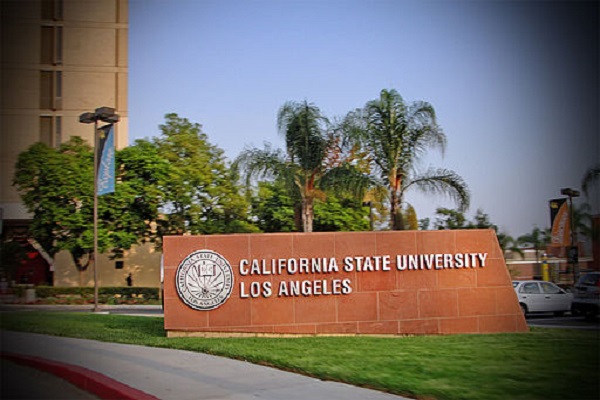
The African-American community is self-segregating at a Los Angeles university, but is segregation still happening elsewhere?
The Halisi Scholars program of California State University Los Angeles has brought the institution a lot of public scrutiny and outrage on social media. The Halisi Scholars program, essentially the reservation of 20 spots in a 192 unit dormitory complex for black students, is being viewed as an attempt at self-segregation.
Education and Segregation: From Public Universities to Private Christian Schools[/tweetthis]
The Halisi Scholars program came about as a result of a list of demands that were sent to the University’s President, William Covino by the University’s Black Student Union last fall.
The main reason given for the demand for segregated housing was that it would be a cheaper alternative than the high rent prices charged in Alhambra and its surroundings. A Cal State LA spokesperson said that the program is open to all students, regardless of race.
@POTUS No comment on Cal State LA wanting to set up separate dorms for Blacks.Planned Segregation in America, really?W/Black Pres?Wow!
— Chaz Hilton (@ChazRemy) September 8, 2016
#Segregation does not actually *address* issues of racism. It side-steps it. https://t.co/Te6jfAx37g #LosAngeles #California #usa #education
— DiscoHobbit (@Welshbeard) September 7, 2016
It's just so stupid for the progressives to call themselves progressive when they actively push for segregation.https://t.co/zlkoSeSWHu
— Supperdude9 (@Supperdude9) September 7, 2016
We as a nation fought so hard to abolish segregation, and now those liberated seek to go back to it.
I'm just… https://t.co/4LNWnPti7C
— ASMDSS (@asmdss) September 7, 2016
The move sparked polarized reactions because it brings back memories of the 1950s and 1960s, following the end of public school segregation in 1954 in the Supreme Court decision of the case Brown v. Board of Education. Following that decision and in the middle of the Civil Rights Movement of the 1960s, many school systems, especially in the South decided to either resist the overtures or to start private school academies where the Supreme Court decision did not apply. Many private schools with Christian, fundamental evangelical leanings were started during this period, and non-Catholic Christian institutions saw their enrollment double.
A series of Supreme Court decisions between 1961 and the early 1970s continued to force public school integration and added a new twist: private schools that were judged to be racially discriminatory would be ineligible for tax-exempt status. Many private schools changed tact, as Seth Dowland, a religious professor and author notes, “During this period, private Christian schools had to construct a bigger rationale for their existence than wanting an all-white classroom. Leaders outside the South helped construct the rationale as combating secular humanism and their inculcating secularism and liberalism, even though the racial component was a huge part of the story as well.”
This trend continued as many academies sprung up, seemingly offering alternatives to the public education system but having segregation as their main agenda. Journalist Paul F. Parsons estimates in his book, Inside America’s Christian Schools that minorities accounted for less than 3 percent of the total school population in these academies in the 1980s.
Through vouchers, tax credit scholarships and education savings accounts, private Christian schools have been receiving public funds sourced through taxes. There are laws against segregation and public schools do not have a choice in selecting the students that can join their systems. However, private schools are completely free to choose, as long as they adhere to a non discriminatory policy and do not prejudice along race, color or national origin. Enrollment data from 2012 shows that at least 43 percent of these private Christian Schools have student body populations that are at least 90 percent white. Historian Jason Sokol from University of New Hampshire notes that, “[Christian school] supporters wanted to create a world where racial tensions did not exist, so they built schools where racial differences had no place.”
